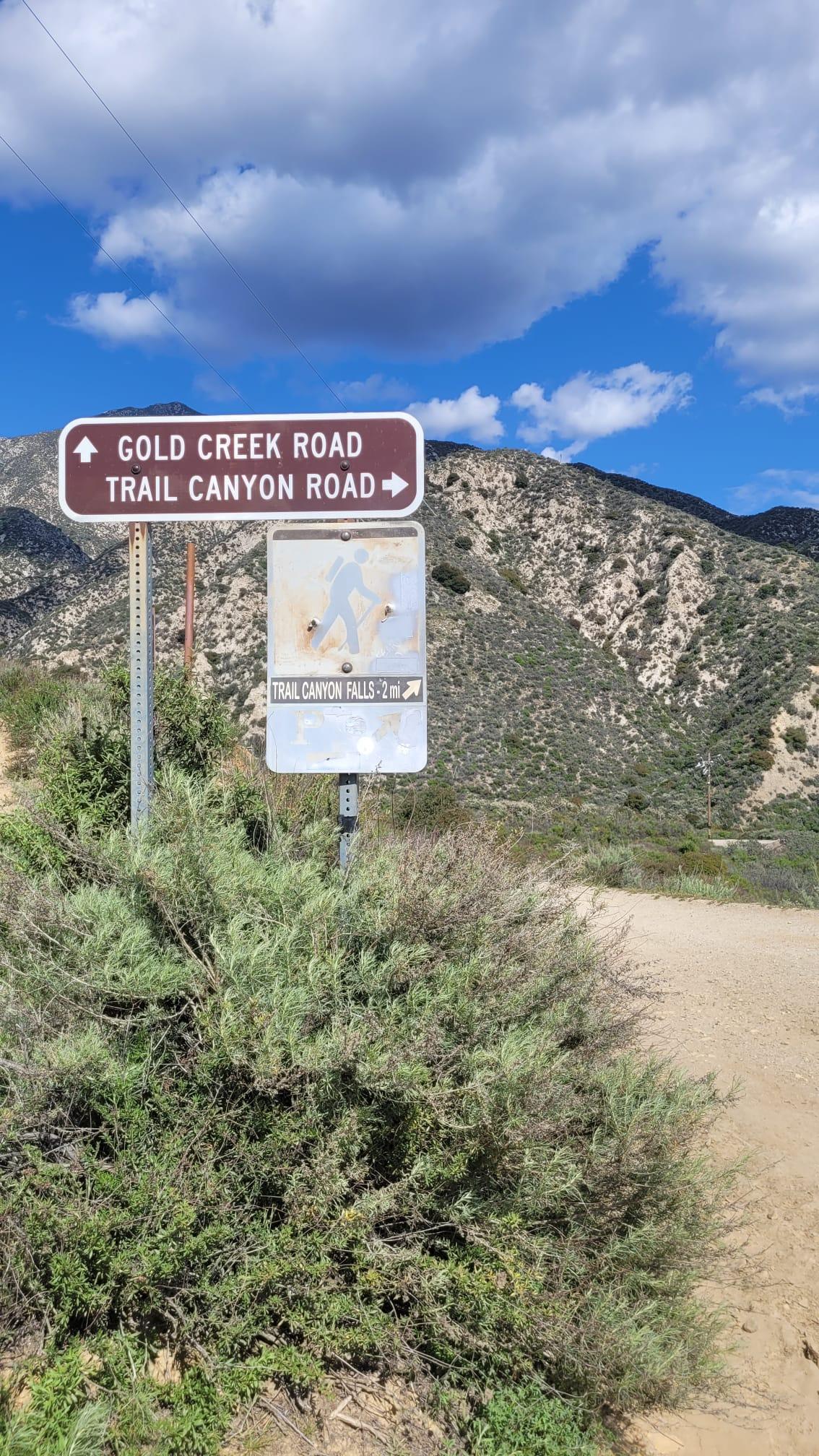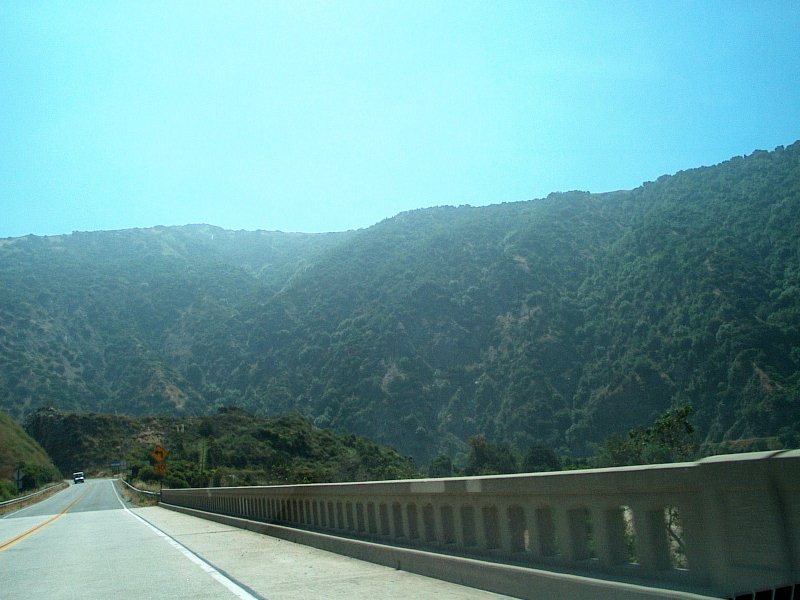The Angeles National Forest, located in Southern California, is a popular destination for outdoor enthusiasts. While it doesn’t have traditional ski lifts like dedicated ski resorts, it offers various winter activities such as cross-country skiing, snowshoeing, and backcountry skiing. This guide explores the winter recreation opportunities in the Angeles National Forest, addressing common questions about ski lift operations, ticket prices, locations, and current conditions.
What Are the Hours of Operation for Angeles National Forest Ski Lift?

The Angeles National Forest does not have specific ski lift operations like traditional ski resorts. Instead, it offers year-round access for various outdoor activities, including winter sports. The forest is generally open 24 hours a day, 7 days a week, but access may be restricted due to weather conditions or forest management activities.
Key points to remember:
– No specific ski lift hours
– Forest is accessible year-round
– Weather and management activities may affect access
How Much Do Tickets Cost for Angeles National Forest Ski Lift?

Since there are no mechanized ski lifts in the Angeles National Forest, there are no ticket prices associated with lift usage. However, visitors should be aware of the following:
- An Adventure Pass is required for parking in many areas of the forest
- Daily Adventure Pass: $5
- Annual Adventure Pass: $30
- Some areas may require additional permits for specific activities
Where Are the Ski Lift Locations Within Angeles National Forest?
While there are no traditional ski lifts in the Angeles National Forest, several areas are popular for winter activities:
- Mt. Waterman
- Elevation: Approximately 8,000 feet
- Activities: Backcountry skiing, snowboarding
-
Access: Via Angeles Crest Highway (SR-2)
-
Mt. Baldy
- Note: While popular for skiing, it’s not part of the Angeles National Forest’s managed areas
-
Offers resort-style skiing with lifts (separate from forest operations)
-
Kratka Ridge
- Elevation: Around 7,000 feet
- Activities: Sledding, snow play
-
Access: Via Angeles Crest Highway (SR-2)
-
Chilao
- Activities: Cross-country skiing, snowshoeing
- Access: Via Angeles Crest Highway (SR-2)
What Are the Current Conditions and Operational Challenges?
Current conditions in the Angeles National Forest can vary greatly depending on weather, season, and location. Here’s how to stay informed:
- Weather Conditions:
- Check the National Weather Service forecast for the specific area you plan to visit
-
Be prepared for rapidly changing conditions at higher elevations
-
Snow Conditions:
- No official snow reports are provided by the forest service
-
Check recent visitor reports on hiking and skiing forums for up-to-date information
-
Road Access:
- CalTrans QuickMap: Real-time road conditions and closures
- CalTrans SoCal Twitter: Updates on road status
-
Angeles National Forest Twitter: Forest condition updates and access information
-
Safety Considerations:
- Avalanche risk can be high in some areas
- Carry appropriate safety gear and know how to use it
- Travel with a partner and inform others of your plans
What Equipment Is Needed for Winter Activities in Angeles National Forest?
Proper equipment is crucial for safety and enjoyment in winter conditions. Here’s a basic checklist:
- Skis or snowshoes (depending on activity)
- Warm, layered clothing
- Waterproof boots
- Gloves and hat
- Sun protection (sunglasses and sunscreen)
- Navigation tools (map and compass or GPS)
- Emergency supplies (first aid kit, extra food and water, fire starter)
- Avalanche safety gear (if venturing into backcountry areas)
How Can Visitors Prepare for a Safe Winter Experience in Angeles National Forest?
- Check conditions before you go
- Inform someone of your plans and expected return time
- Carry the Ten Essentials:
- Navigation
- Sun protection
- Insulation (extra clothing)
- Illumination (headlamp/flashlight)
- First-aid supplies
- Fire (matches, lighter, fire starters)
- Repair kit and tools
- Nutrition (extra food)
- Hydration (extra water)
-
Emergency shelter
-
Know your limits and turn back if conditions become unsafe
- Be aware of signs of hypothermia and frostbite
- Practice Leave No Trace principles to protect the forest environment
What Are Alternative Winter Activities in Angeles National Forest?
While there are no ski lifts, the forest offers numerous winter recreation opportunities:
- Cross-country skiing
- Snowshoeing
- Winter hiking
- Snow play and sledding (in designated areas)
- Wildlife viewing
- Photography
- Scenic drives (when roads are open and clear)
Remember to always check current conditions and regulations before planning your winter adventure in the Angeles National Forest. While it may not offer traditional ski lift experiences, it provides a unique opportunity to explore Southern California’s winter wilderness.
References:
1. Angeles National Forest Official Website
2. CalTrans QuickMap
3. National Weather Service
4. Leave No Trace
